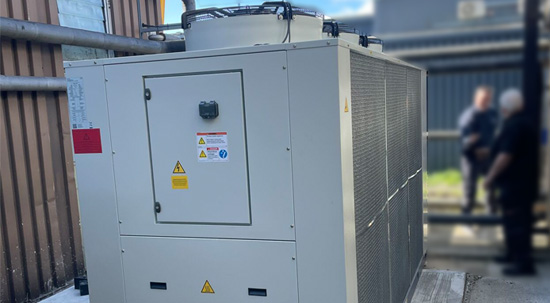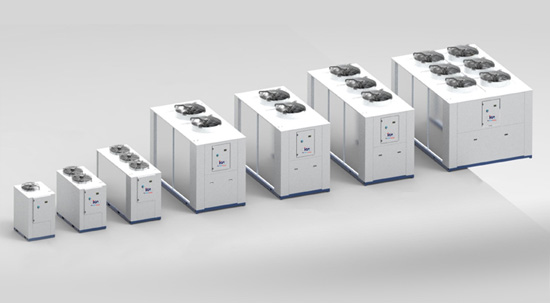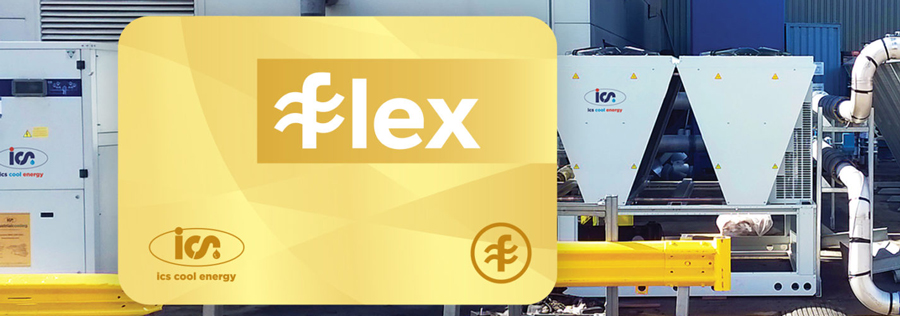Your free cooling options
By leveraging free cooling, you can reduce your organisations carbon footprint and overall impact on the environment. Free cooling chillers consume less energy, resulting in lower greenhouse gas emissions and a more sustainable operation.

Free cooling chiller hire
Improve energy efficiency and lower your carbon footprint with our free cooling hire units.

Free cooling chiller sales
Recover up to 80% of their process cooling energy costs by utilising lower ambient temperatures
We provide reliable temperature control solutions that fit your industry and application. Please choose your industry below to find out how we can help.

